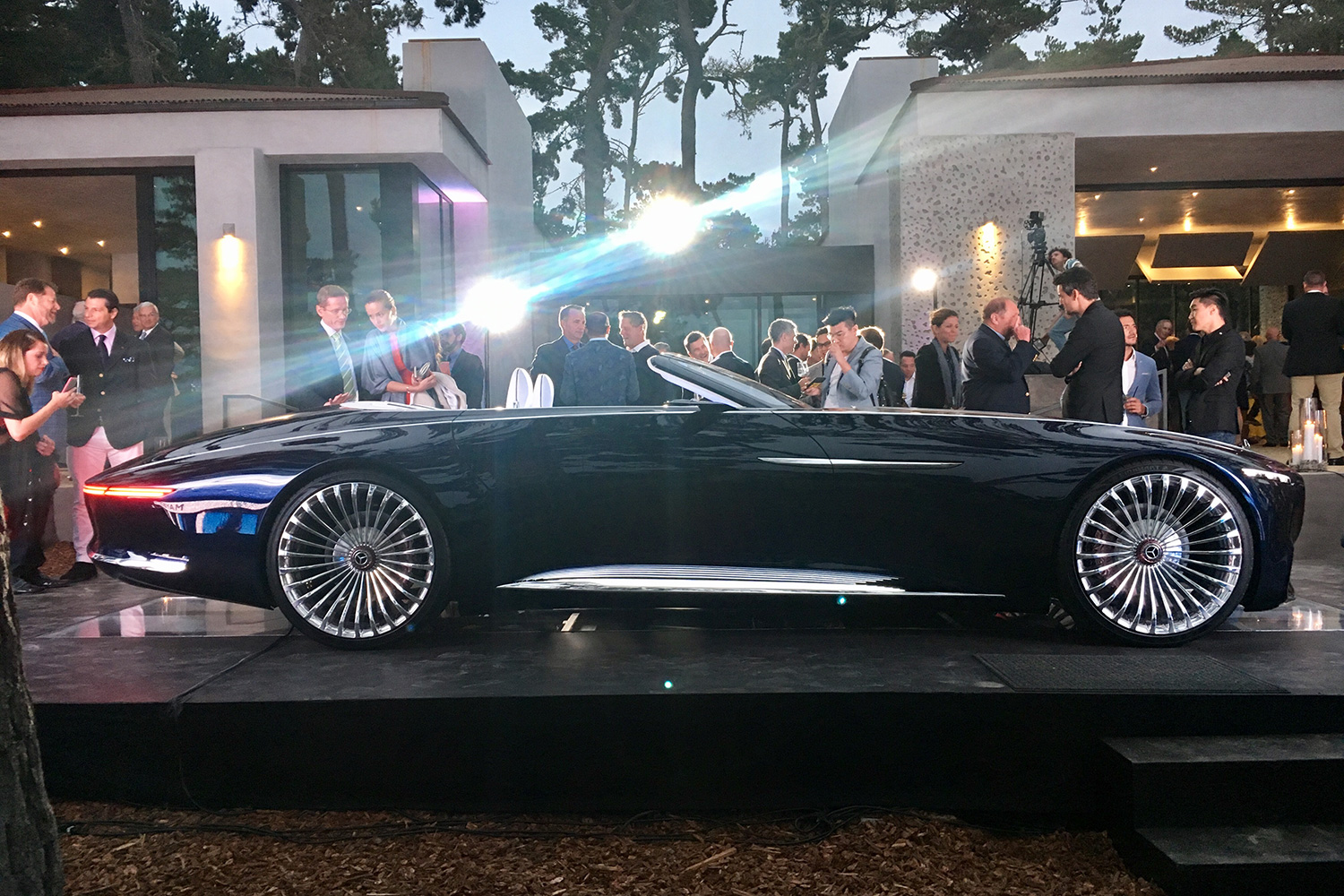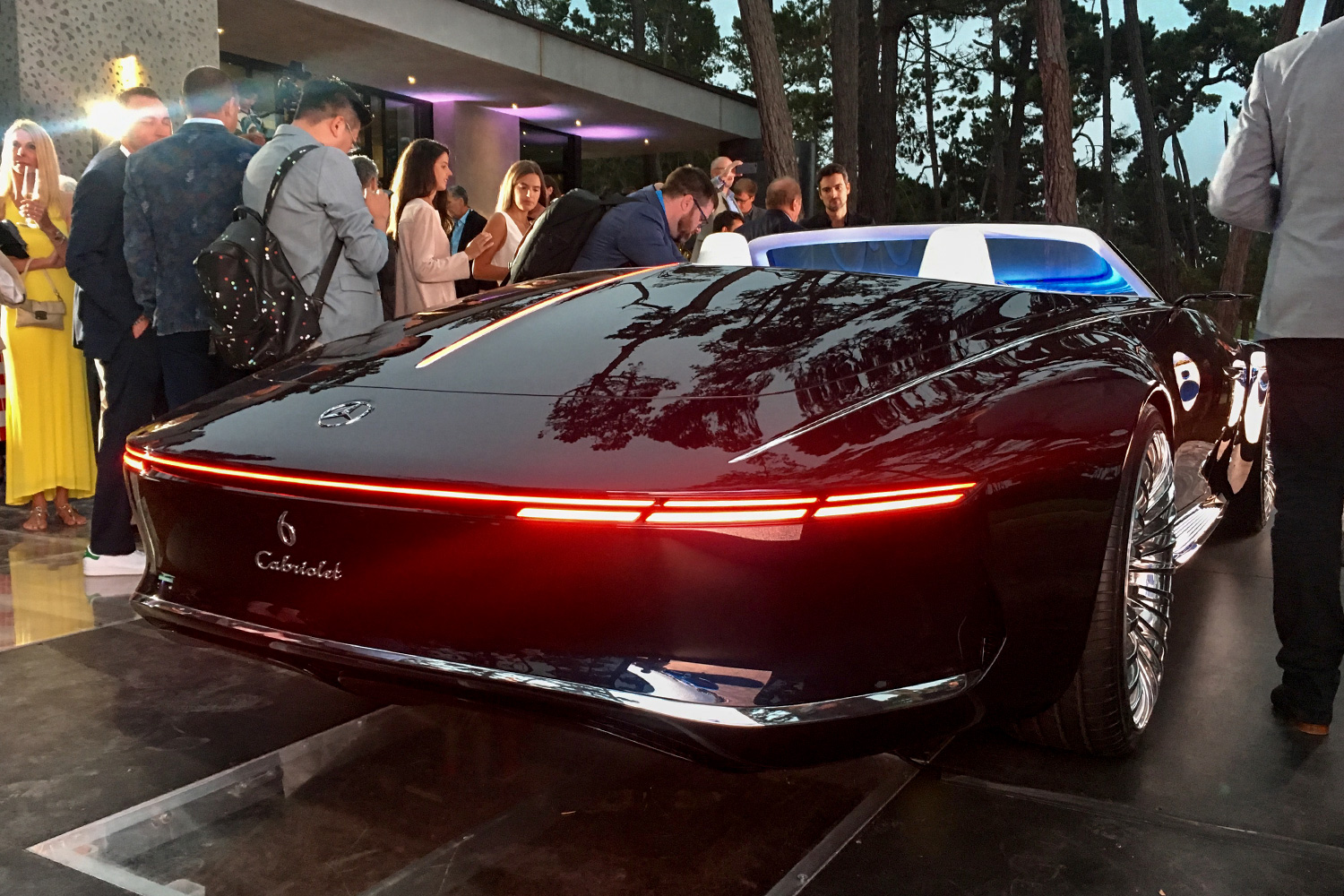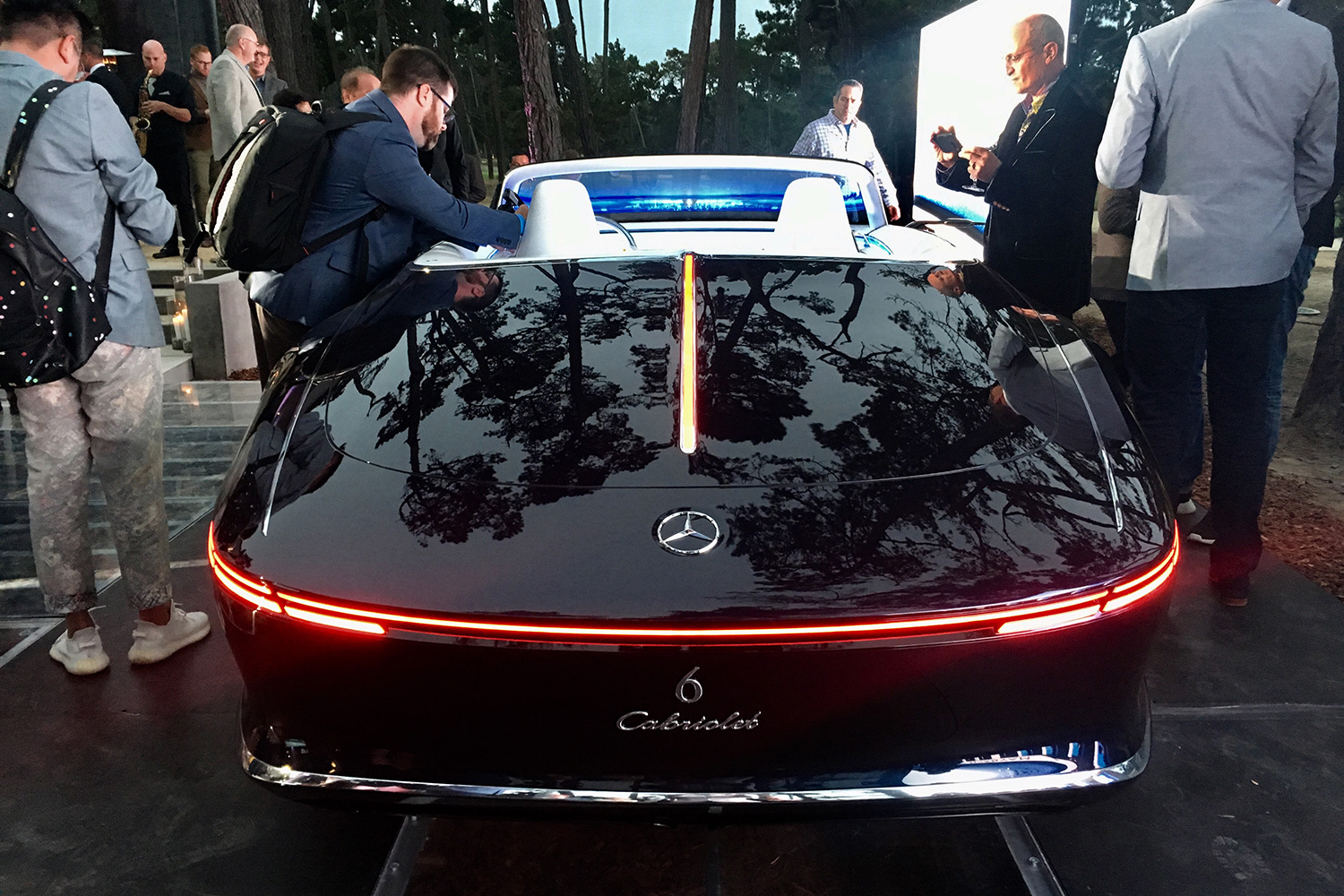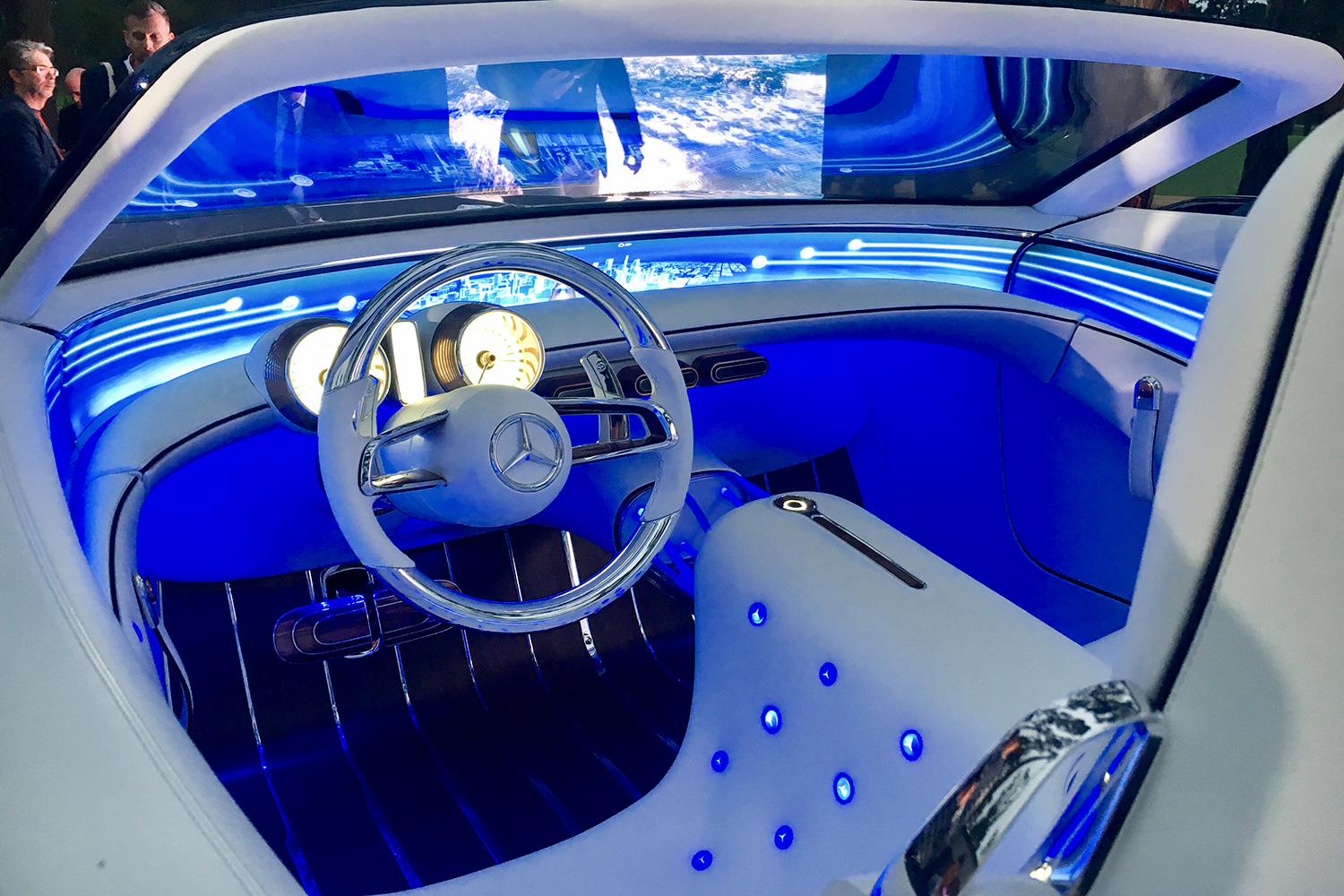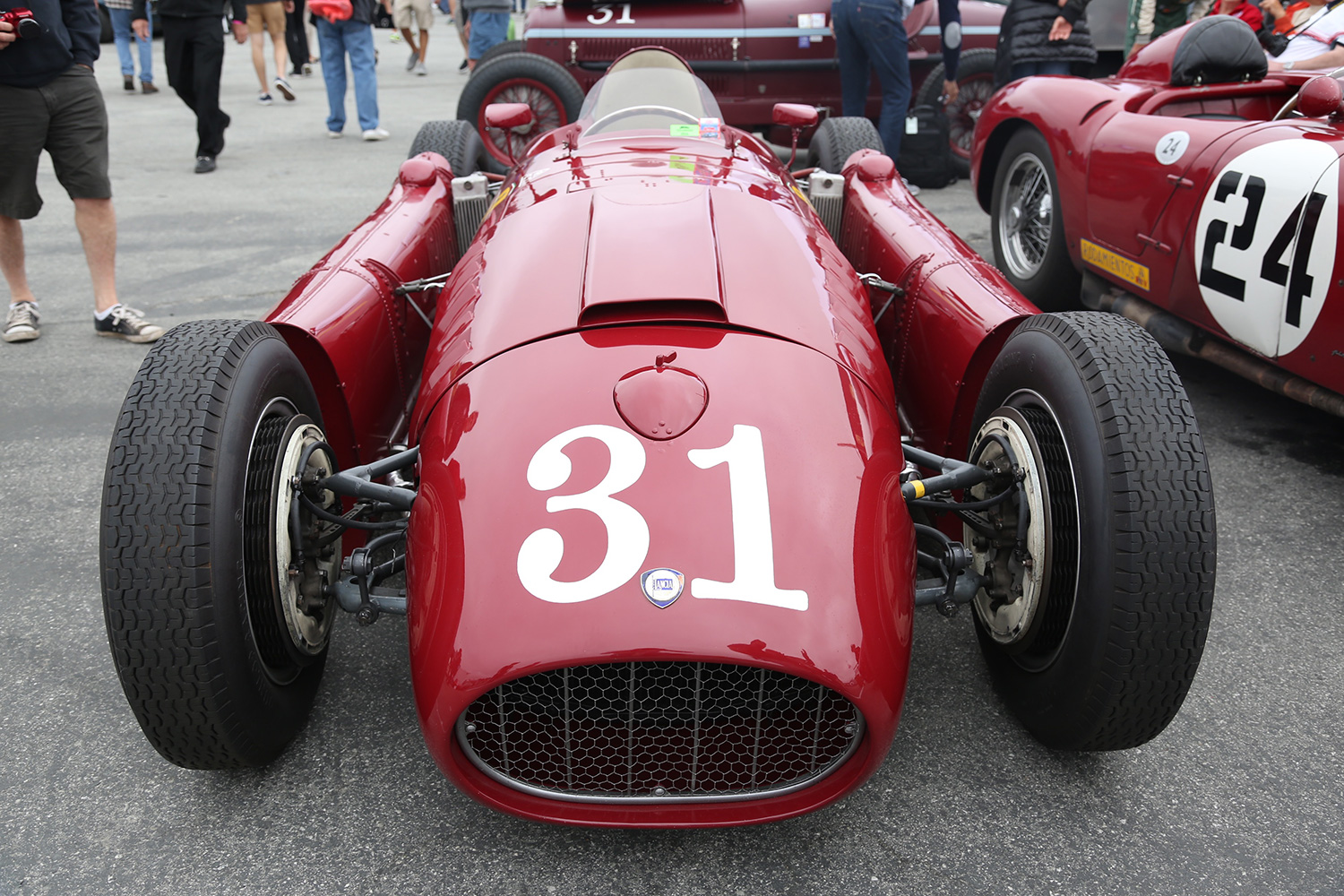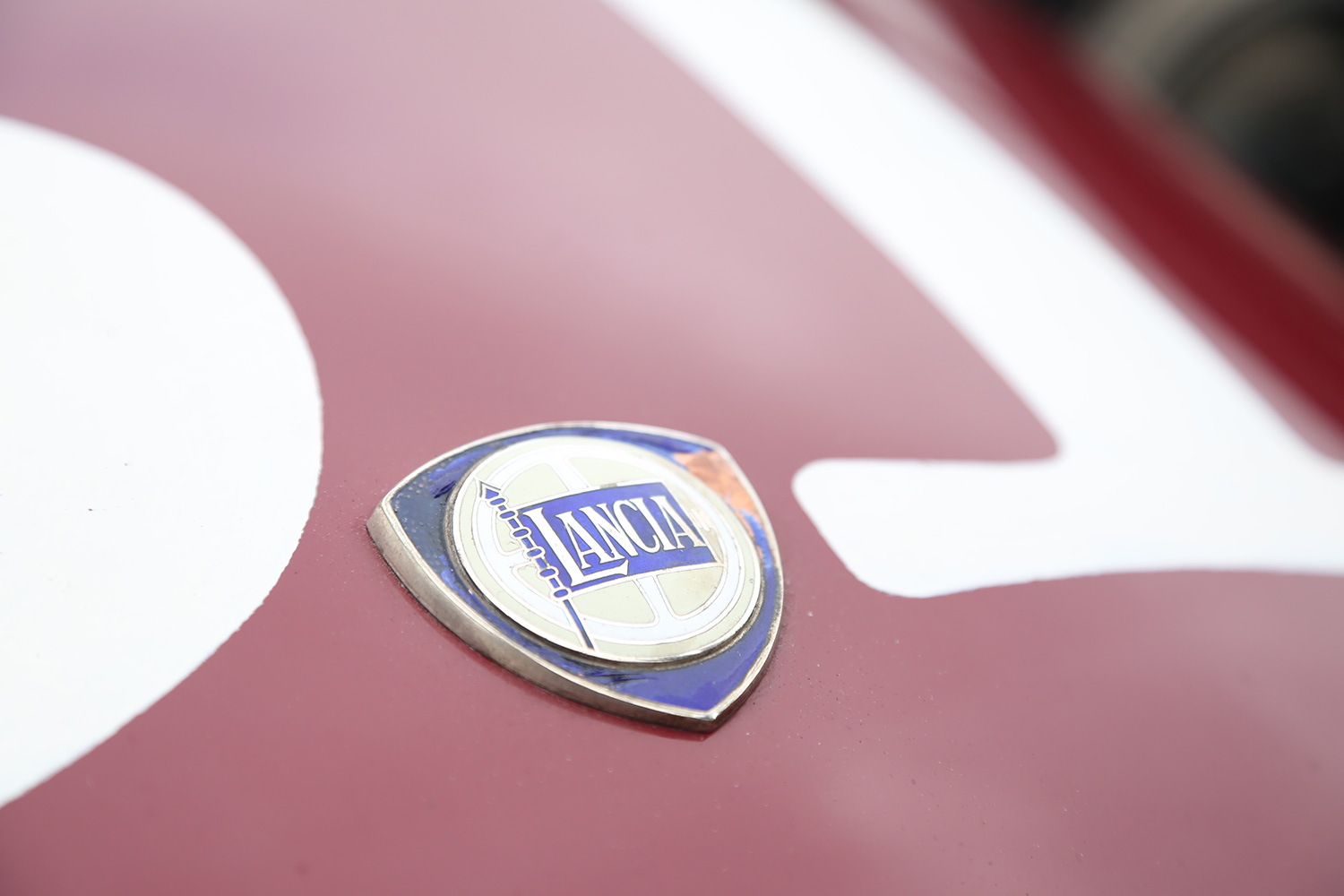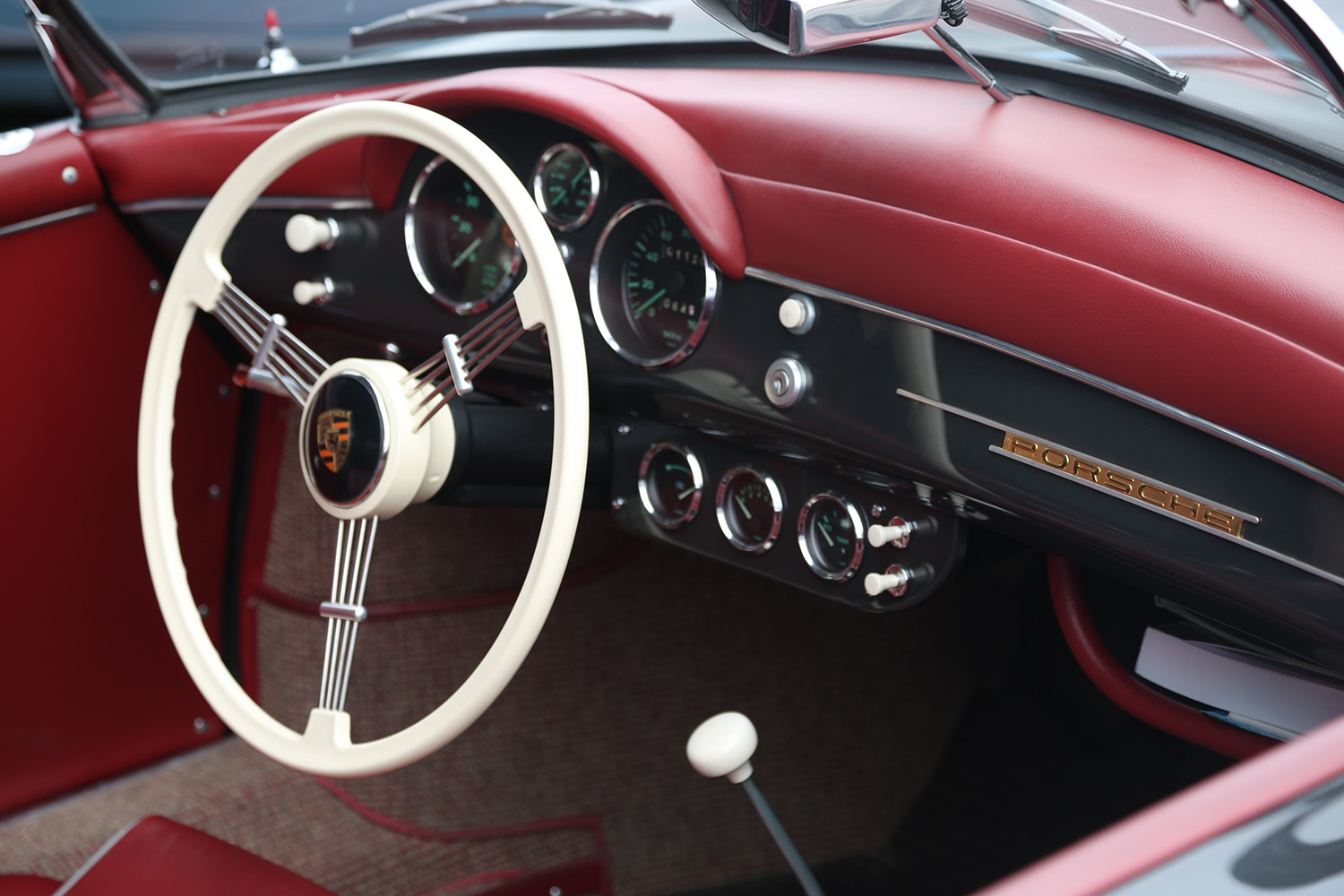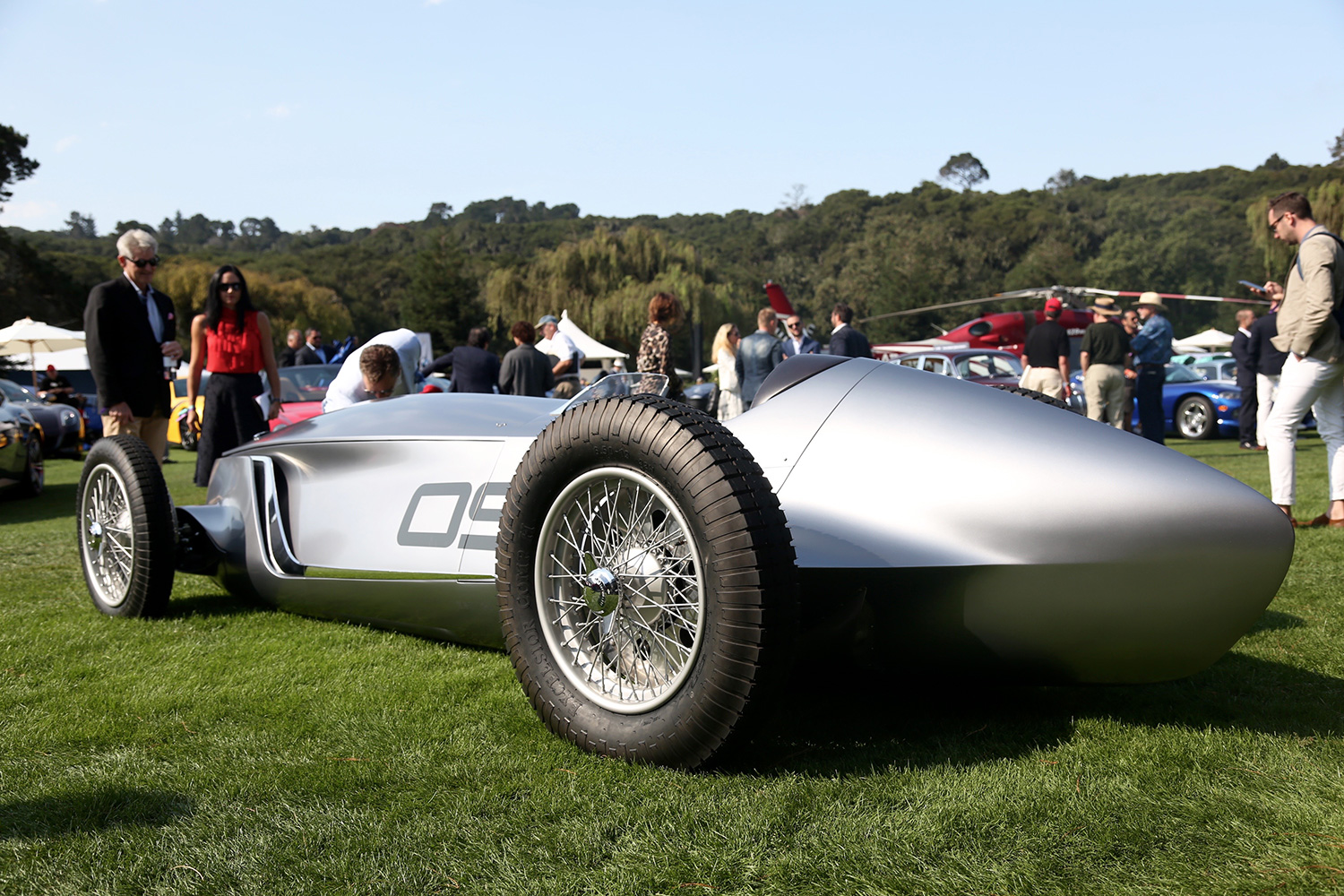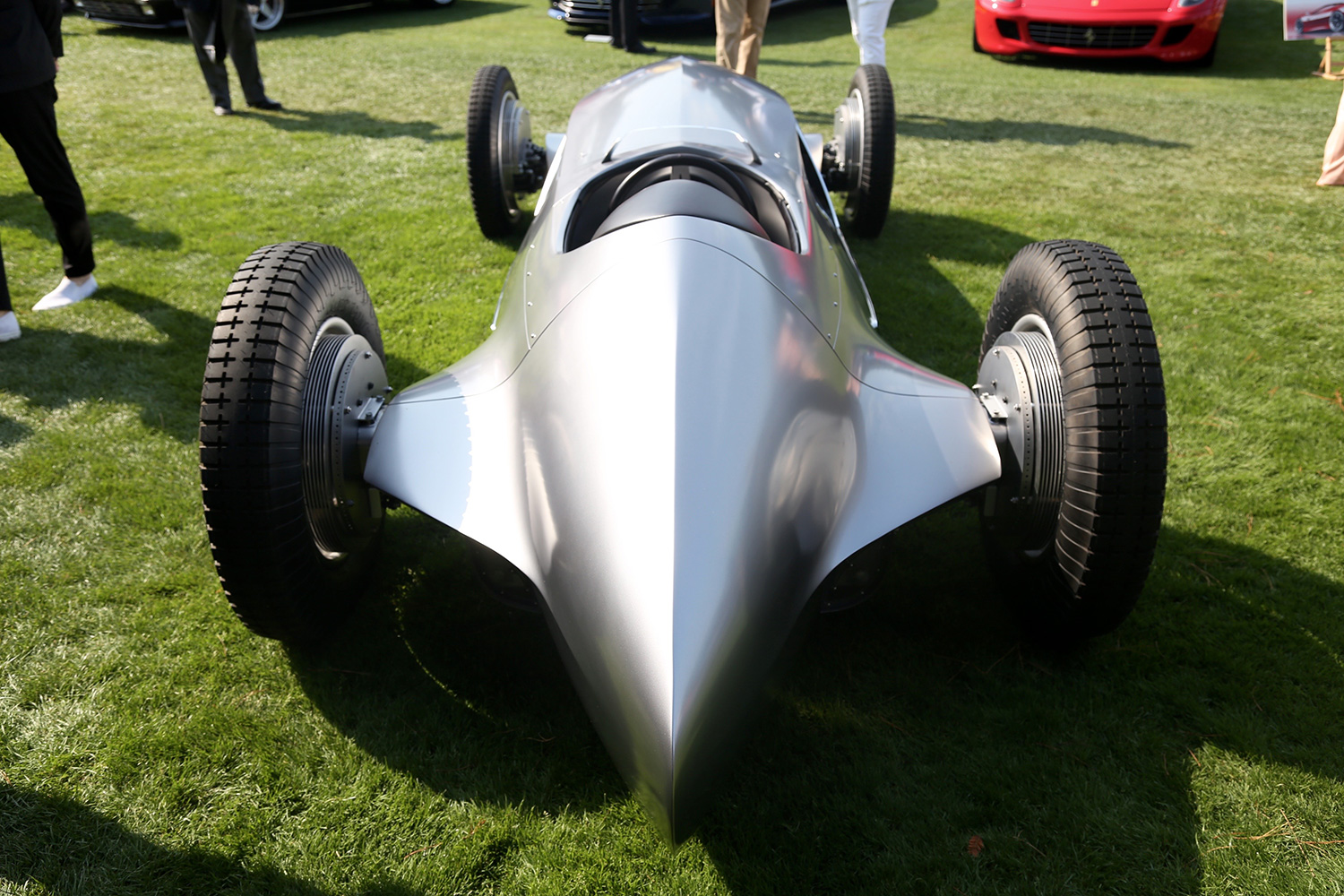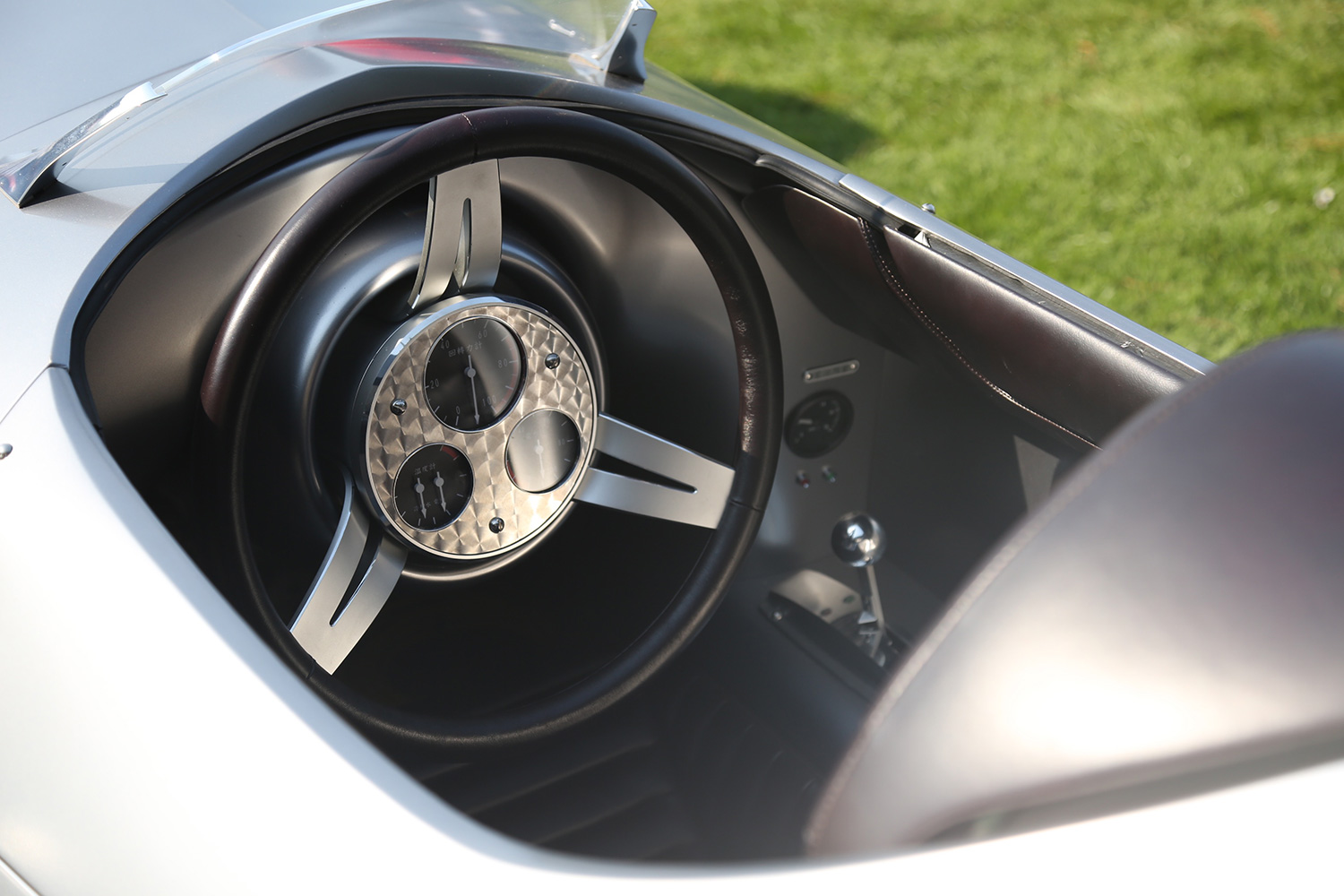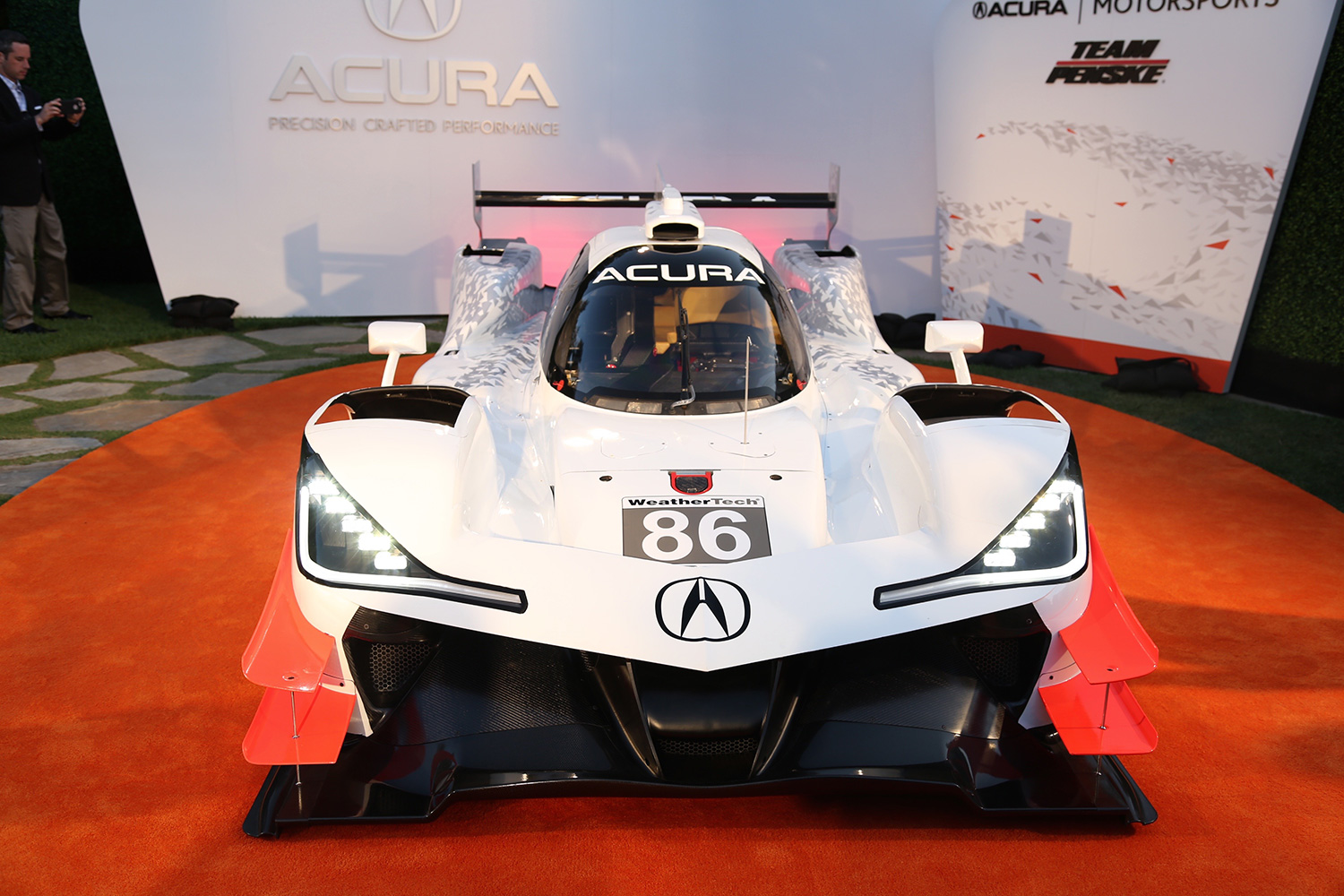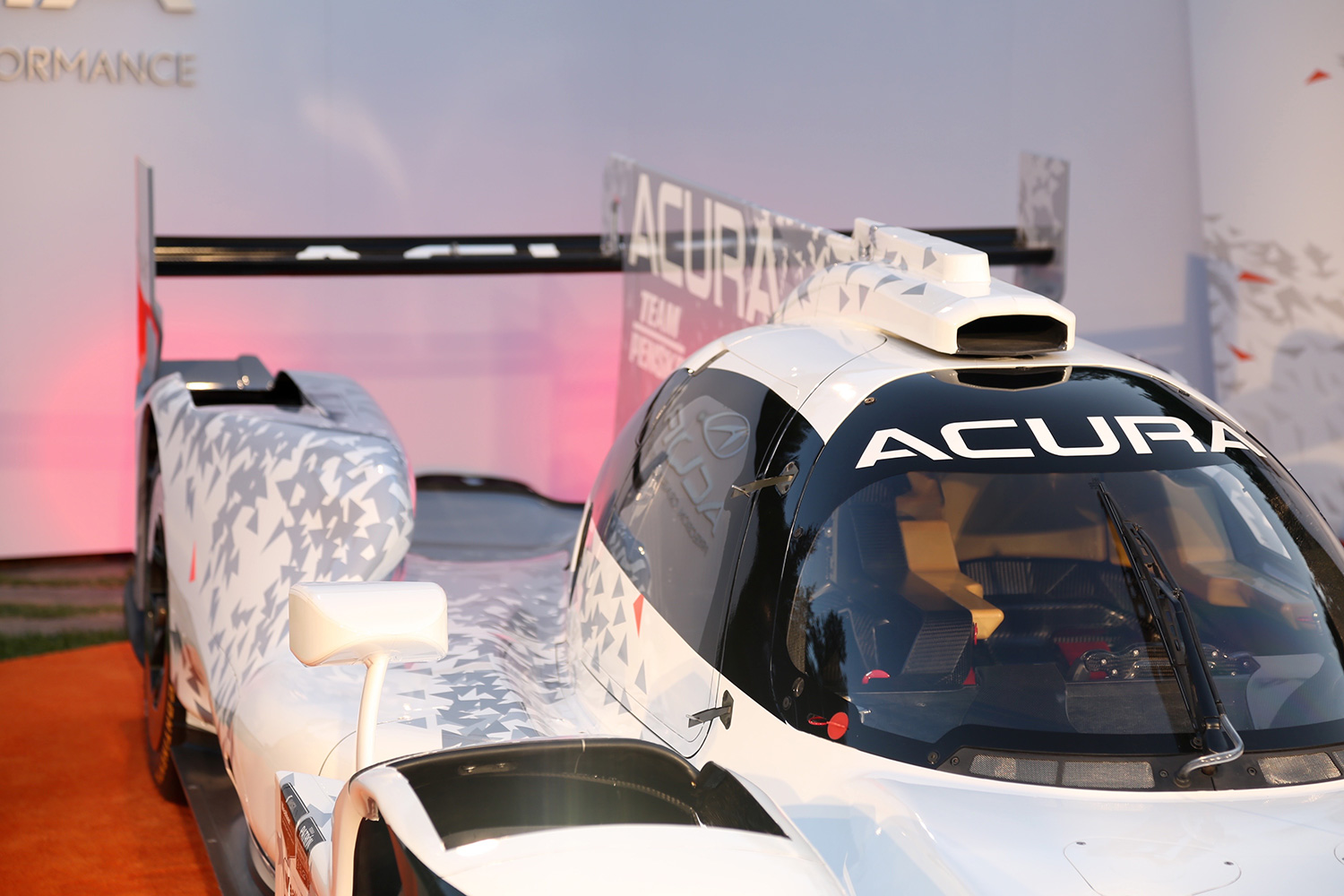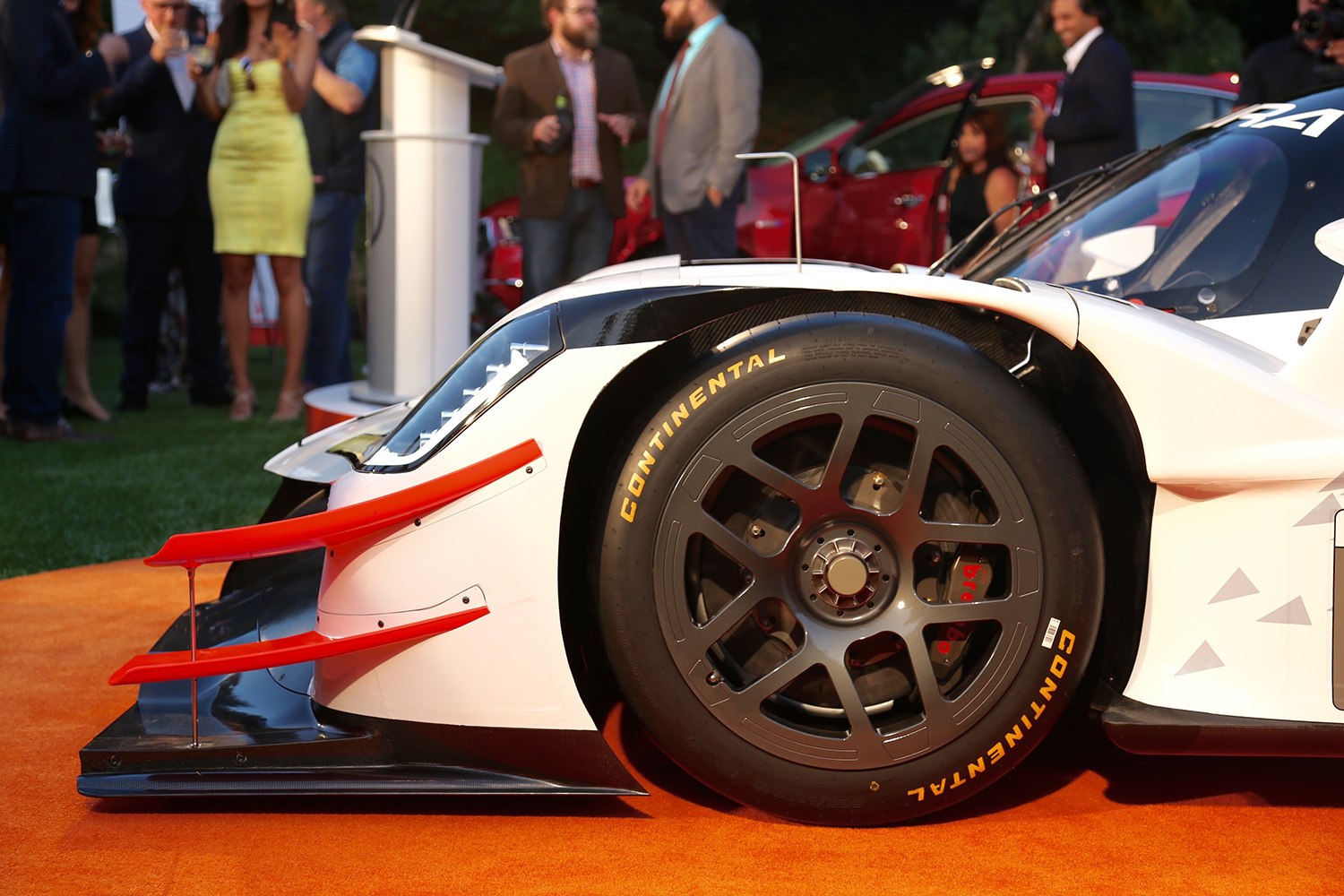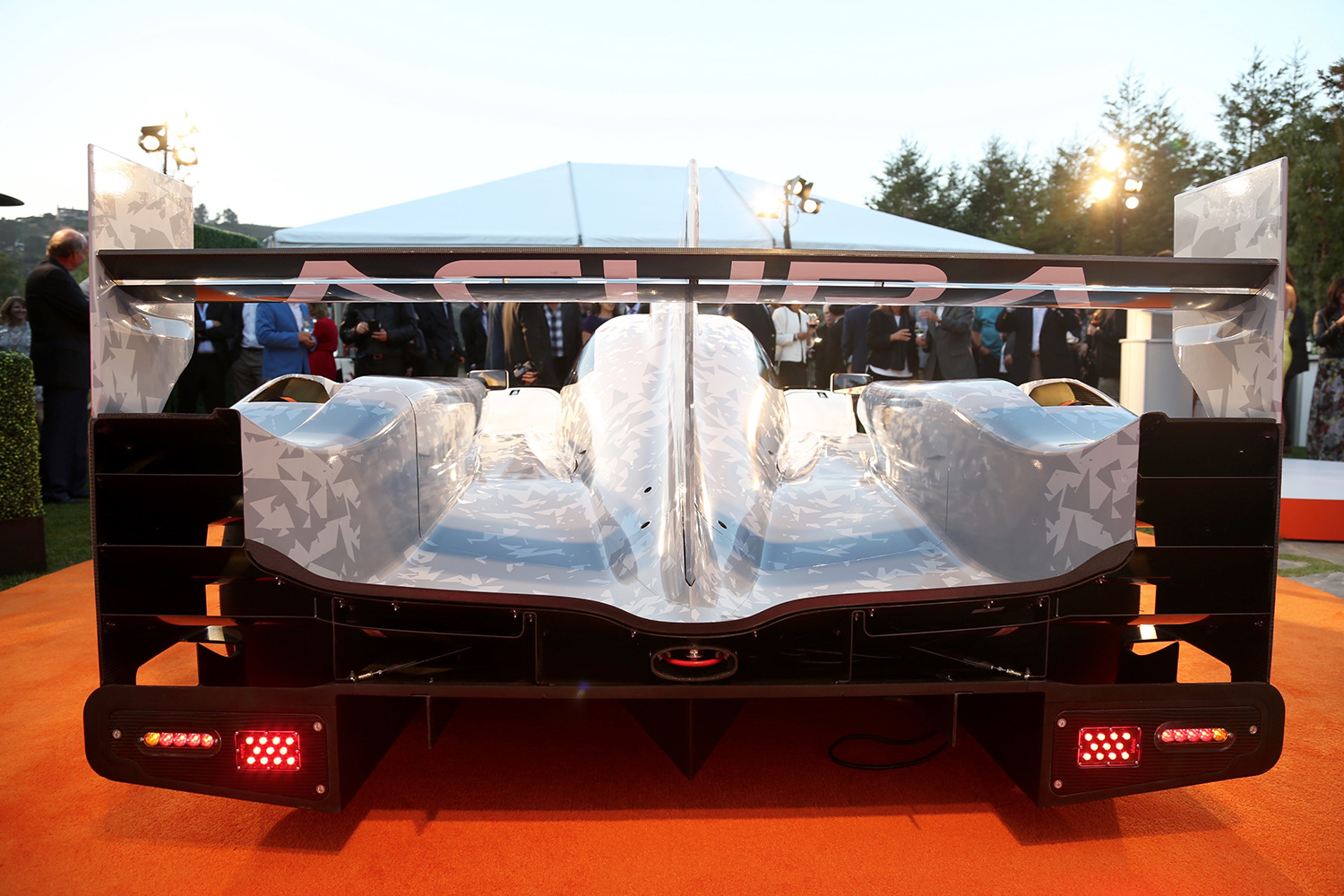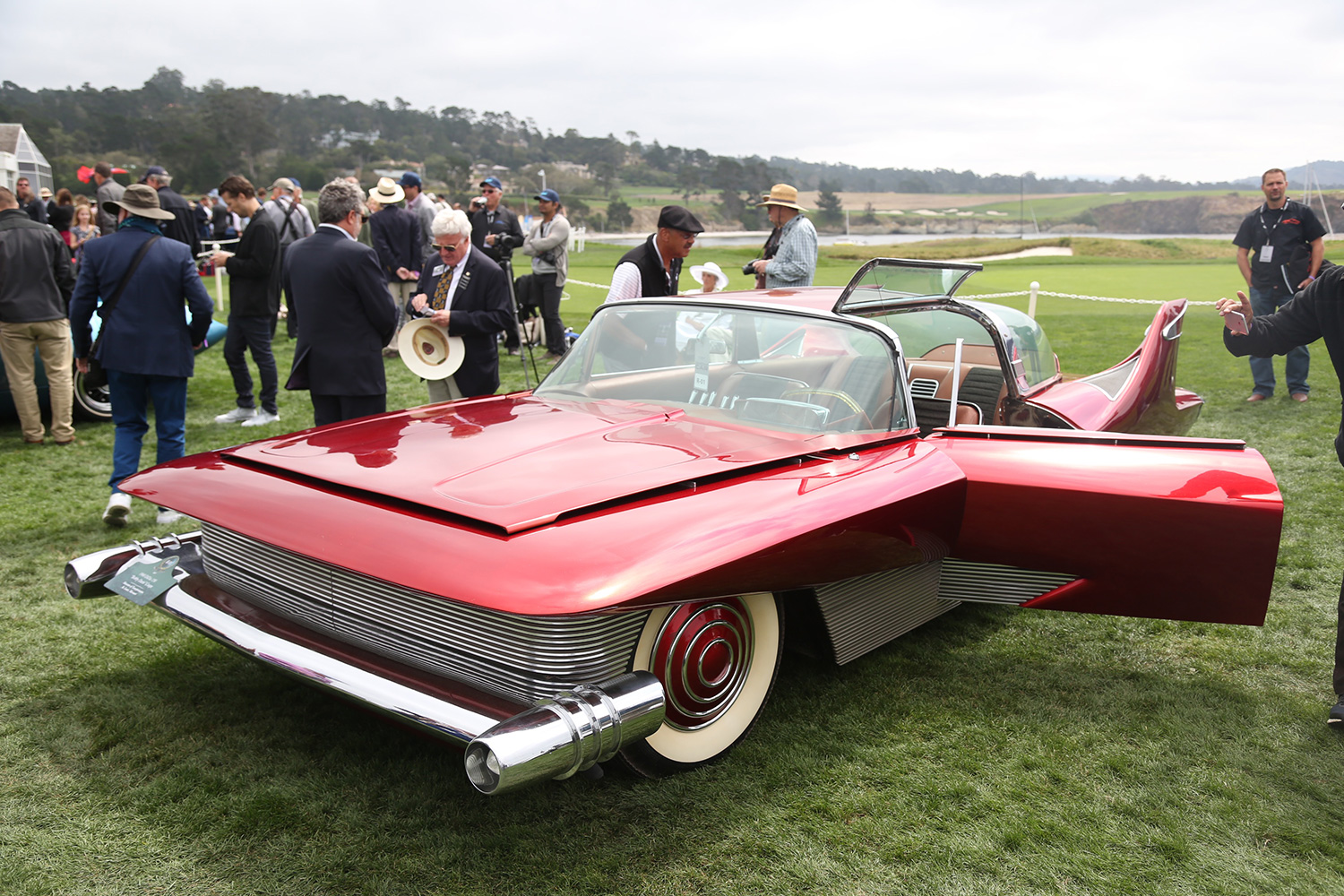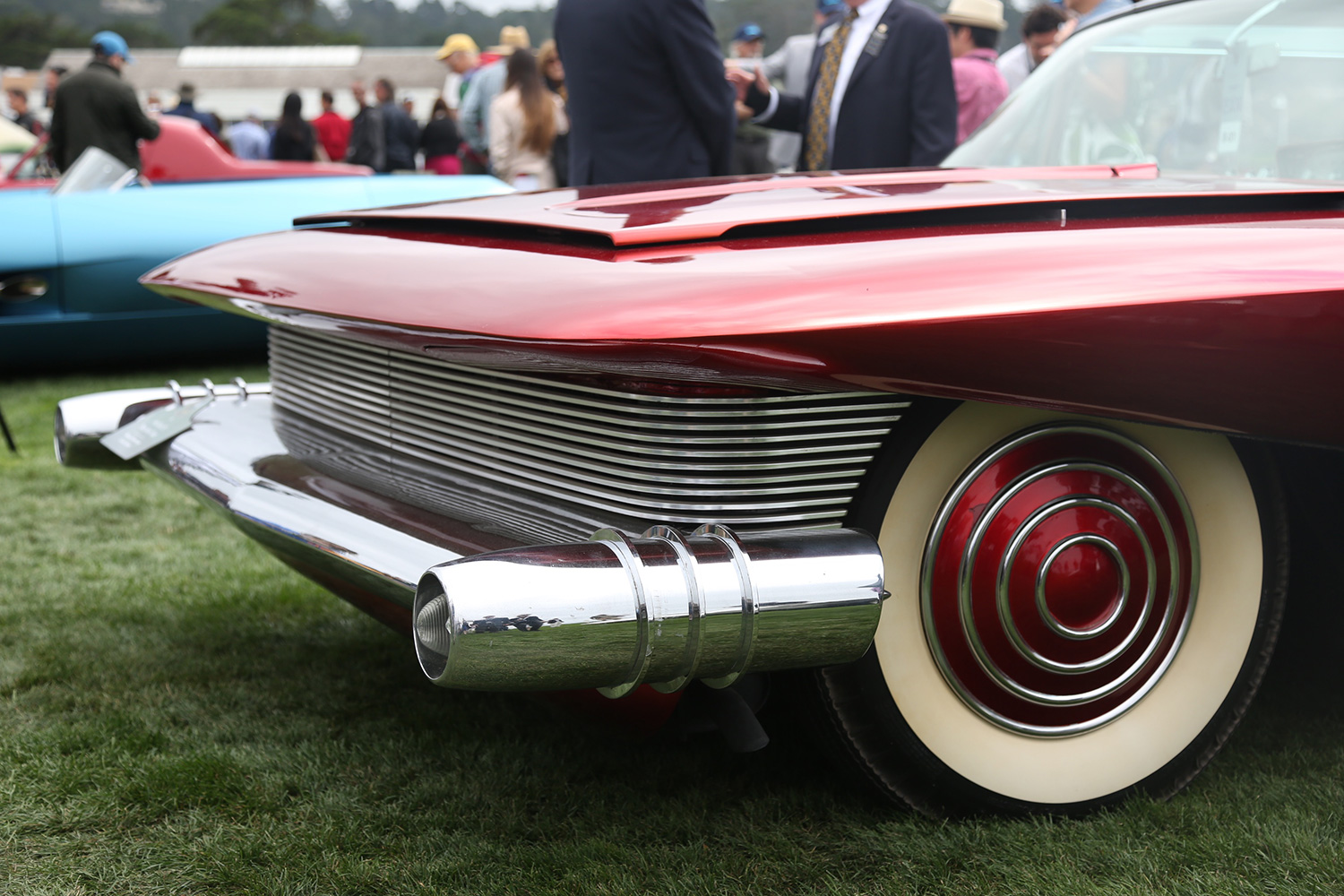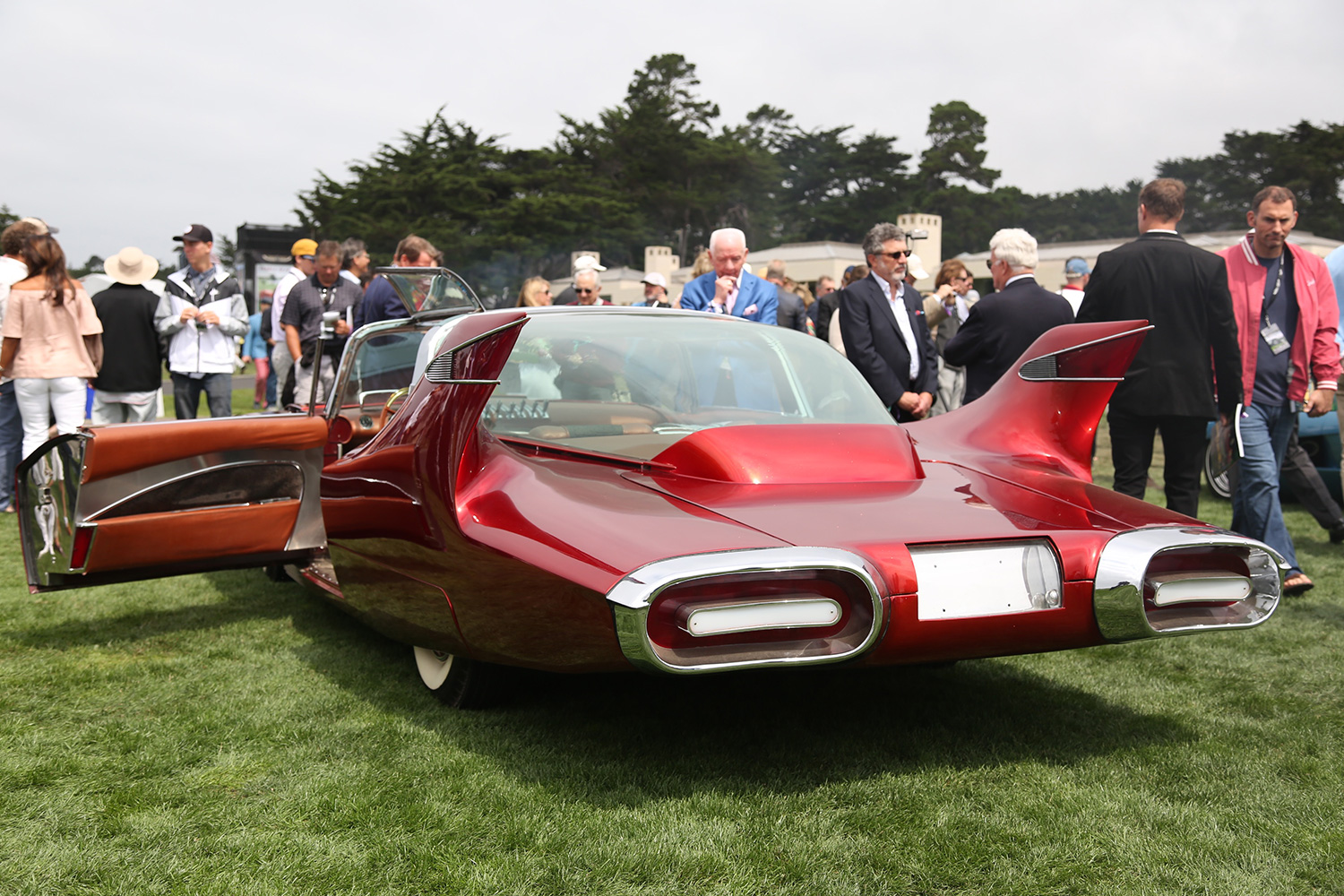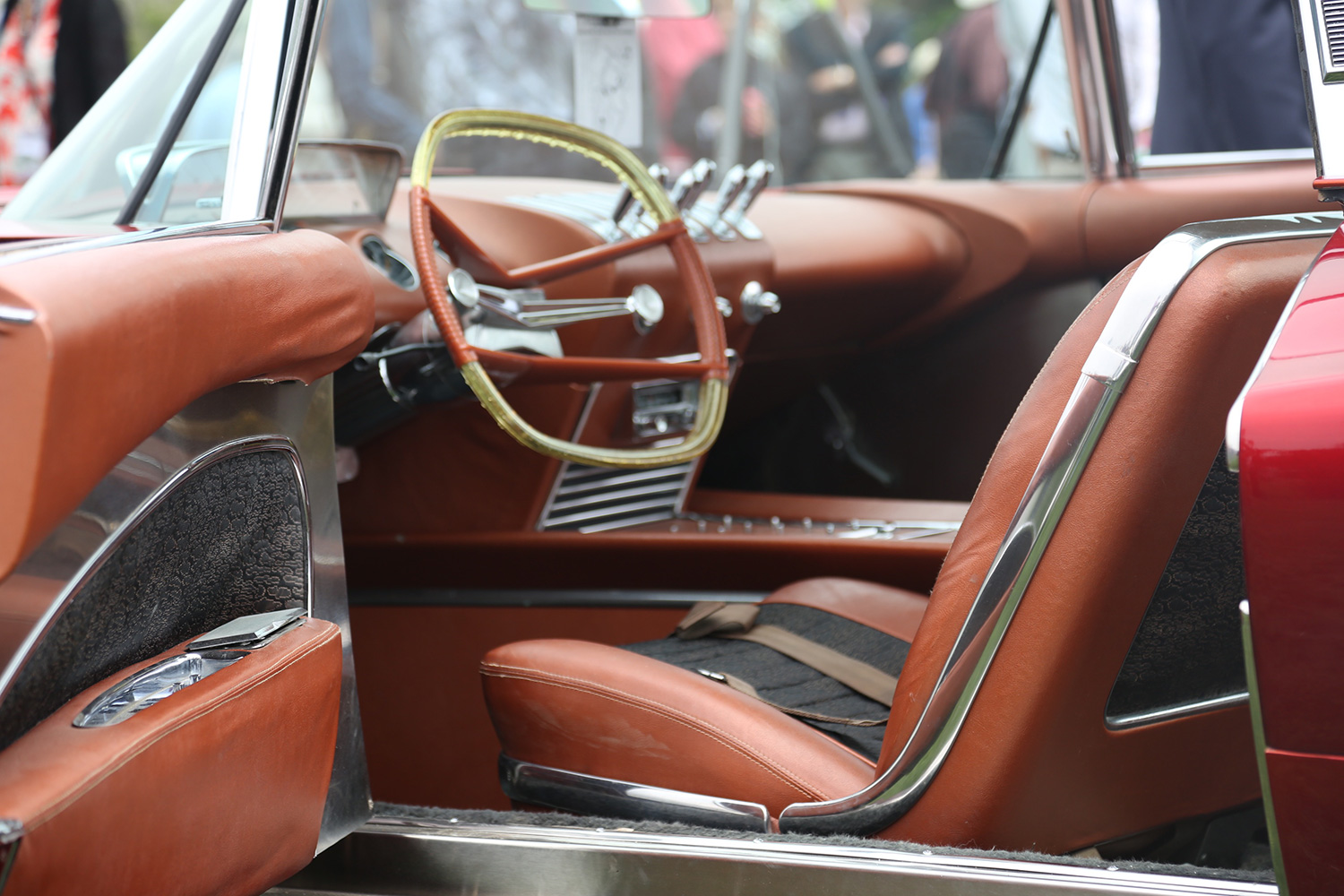Each year, hordes of automotive enthusiasts descend upon Monterey County, California for a week of historic vehicle races, auctions, and shows. Broken into its event-specific pieces, Monterey Car Week could be compared to the Goodwood Revival, Concorso D’Eleganza Villa D’Este, Mille Miglia, and other must-see classic car events — but as a collective affair, nothing compares.
This year, Mazda invited Digital Trends to attend some of Car Week’s best events, including The Quail Motorsports Gathering, Rolex Motorsports Reunion, and Pebble Beach Concours D’Elegance. We were even reunited with one of our favorite midsize crossovers, the 2017 CX-5, to zip between events. Selecting just five automotive creations from the droves of quirky, striking, and – in some cases – disturbing cars we saw was no easy task, but we muddled through. In the end, we settled on the five cars that made us sputter complete nonsense at first glance. In no particular order, here goes:
Mercedes-Maybach Vision 6 Cabriolet
If you ever wondered what 20 feet of car looks like, we present to you the Mercedes-Maybach Vision 6 Cabriolet Concept. Heck, the name is almost as long as the vehicle. Last year, Mercedes-Benz introduced its interpretation of an ultra-luxury two-door to rival the Rolls-Royce Wraith. Despite being about as close to production as the Faraday Future FF 91 (oops, did we say that out loud?), the Vision 6 was an eye-catching form that lit up the interwebs.
Not willing to let the buzz die down quite yet, Mercedes-Benz returned this year with a new version of its Vision 6 Concept — sans roof. Like last year’s car, the Cabriolet utilizes an electric powertrain to produce 750 horsepower and has a range of more than 200 miles. Mercedes-Benz says the concept will reach 60 mph in less than 4.0 seconds and will exceed 155 mph on the top end. Equally impressive is its charge time of 60 miles of range per five minutes of charging.
This all sounds great, but we should appreciate the Mercedes-Maybach concept for its elegant design more than its promise of production car technology. Even Dietmar Exler, President and CEO of Mercedes-Benz, notes that, “it’s about beauty.” Indeed, when we first saw the car at its private reveal in Pebble Beach, we got the chills. Whether the Vision 6 goes into production in 2035 or not, it gives us hope for the future of Mercedes-Benz design.
Lancia D50
From futuristic concept to 1954 reality, take a gander at this Lancia D50 Formula One racer. One of a number of ultra-rare, well-maintained classic performance vehicles that competed in the Rolex Motorsports Reunion at Mazda Raceway Laguna Seca, the D50 is a motoring icon. Just six of these bad boys were built for Lancia (under Scuderia Ferrari ownership at the time) and raced until the Ferrari 246 F1 took over in 1957.
Designed by Vittorio Jano, the D50 was innovative among F1 cars of the day. The D50 introduced the stressed chassis member (for weight savings), off-center engine position (for lower ride height), and pannier fuel cells (for improved weight distribution and aerodynamics). Alberto Ascari, two-time F1 World Champion, piloted the Lancia D50 towards the end of the 1954 season, taking pole position and fastest lap in the car’s first race. In 1956, Juan Manuel Fangio won the World Championship of Drivers with the D50.
Sitting still or hurtling ‘round Mazda Raceway, the Lancia D50 is a living legend that can hold its own in terms of road presence next to the quickest cars of today.
Infiniti Prototype 9
Given how smitten we are with the D50, it makes sense that Infiniti’s Prototype 9, a retro racer concept, enthralls us to such degree. Considering Infiniti has only been around since 1989, it might seem odd for the Japanese automaker to build an open-wheel concept. “It started as a simple thought: What if we found a car, down at the southern tip of Japan, buried deep in the barn, hidden from all eyes for 70 years?” explained Alfonso Albaisa, Infiniti’s Senior VP of Design.
In just four months, Infiniti hammered steel body panels into this gorgeous shape and equipped an electric powertrain (borrowed from the next-generation Nissan Leaf). This overlap of old school style and innovative engineering aligns with the spirit of Monterey Car Week. Fun fact: that whole barn-find idea wasn’t just a marketing stint; the company actually assembled the concept in a barn. How cool is that?
Subtle touches like disc brakes hidden within drum-style housings, steering wheel-integrated gauges, and metal spoke wheels leave us panting for a production car. Alas, such a vehicle may never arrive, but we can still appreciate one of the boldest concepts in recent memory.
Acura ARX-05
While in Monterey, we had a nice long look at Acura’s brand new, hyper modern racer, the ARX-05 (Acura Racing Experimental, generation 5). Set to compete in the IMSA Prototype class, the ARX-05 is a cooperative effort from Acura and Team Penske. Based on the Oreca 07 chassis, the ARX will use a 3.5-liter twin-turbocharged V6 that’s based on the same “J35” powertrain as the Acura RDX, TLX, and RLX.
The Penske/Acura prototype car joins Acura’s NSX GT3 car, which competes in IMSA’s WeatherTech SportsCar Championship and Pirelli World Challenge. Styling mirrors most Oreca-based Prototypes, but Acura made it their own with LED “jewel eye” headlights and a v-shaped nose. Acura has been racing for 25 years and now finds itself with a partner that strongly believes motor sports sells cars. With Acura building the cars and Team Penske racing them, we can expect the ARX-05 to do very well in competition.
Shown at The Quail (parked next to the redesigned RLX sedan) the ARX-05 is a strong statement from Acura about its passion for performance. The Acura ARX-05 makes its racing debut in in January at the Rolex 24 at Daytona.
1960 DiDia 150 Coupe
Be prepared to stretch your imagination for this last one. At this year’s Pebble Beach Concours D’Elegance, there were rows of priceless production vehicles from all over the globe, but a wacky one-off car drew a crowd to rival even best-in-show contenders. The 1960 DiDia 150 is a handmade custom car that wedges itself between futuristic and luxurious. In the metal, it’s about the wildest thing on four wheels.
Envisioned by Andrew DiDia, a clothing designer, the car cost $93,000 to build in 1960 and sold to singer Bobby Darin for $150K (over $1.5M today). If the car’s styling reminds you of The Jetsons animated TV show, you aren’t alone – but keep in mind that this vehicle was produced two years before the show first aired.
Not only does the car look futuristic, it packs features that were way ahead of their time. Rain-sensing windshield wipers, backseat-mounted radio speakers, quad-zone climate control, and a number of other convenience features had never appeared in a production car. Nicknamed the “Dream Car,” when not touring the country for various events, the DiDia 150 resides in the St. Louis Museum of Transportation. If you missed it at Pebble, it’s well worth a visit.
